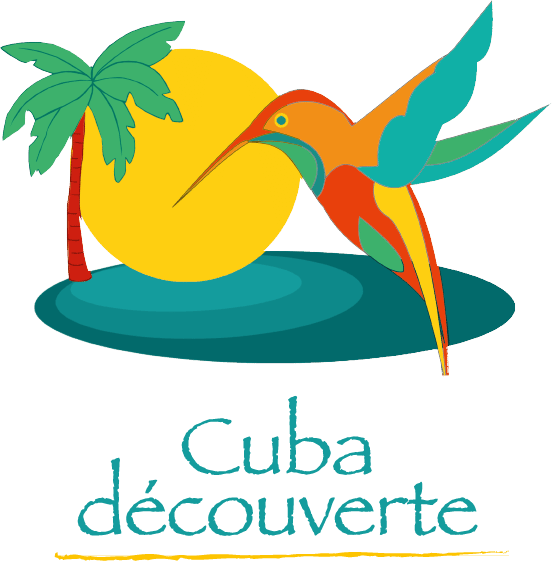Guayabo National Monument
Guayabo National Monument is located on the slopes of the Turrialba volcano, 17 km from the town of the same name. It is Costa Rica’s main archaeological site.
History of Guayabo National Monument
The archaeological studies carried out here at Guayabo National Monument have demonstrated that Costa Rica, and especially this site, has been influenced by both North and South America. Located on the so-called intermediate zone that stretches from the province of Alajuela in Costa Rica to the northern Colombian Caribbean.
Although there are several theories on the origin of the founding populations of what was once a village, most agree on the time of its settlement: between 1000 and 1400 BC. The village itself and the surrounding area were home to around 2,000 people. Archaeologists have deduced that this pre-Columbian population was made up of people specialized in various fields, led by a chief who exercised political and religious power over an extensive region.
At present, the causes of the village’s abandonment (a century before the Spanish conquest) are still unknown, but the most likely hypotheses put forward are disease, war or internal conflict.
Guayabo National Monument site
The Guayabo National Monument site, which is still being excavated, features archaeological elements such as steps, stairways, footbridges, open and closed aqueducts, water storage tanks, tombs, petroglyphs, monoliths and sculptures.
The central zone is made up of mounds, stone foundations that generally have a circular base of various sizes, from 0.5 to 45 cm high and with a diameter of 10 to 30 m.
The roads consist of a series of stone paths used as transit routes as part of the drainage system. Roads extend in several directions across the excavated area, over several kilometers in length.
The Guayabo National Monument boasts a complex network of aqueducts, some of which are still in operation and are designed to close or open channels to desired locations. A storage reservoir is located in the main section of the town. Because of the importance of water to the Indians, petroglyphs (engravings on stones) carved in the shape of a spiral, symbolizing the liquid, have been left on many stones. Monoliths engraved with figures of two of Costa Riva’s most characteristic animals, the jaguar and the crocodile, have also been uncovered and can be admired.
The architectural importance of the Guayabo National Monument has been repeatedly recognized, and in 1982 the American Museum in Madrid dedicated an exhibition to it. The site is on the World Engineering Heritage list for the quality, complexity and durability of its civil engineering works.
The roads built with stones from the river date back over 5 centuries.
The importance of this monument lies not in its flora and fauna, but rather in its archaeological value. This place preserves the memories of an era about which we know little, but which, thanks to preservation and maintenance, can teach us a little more about the history of Costa Rica and its ancestors.




No comment regarding « Guayabo National Monument »